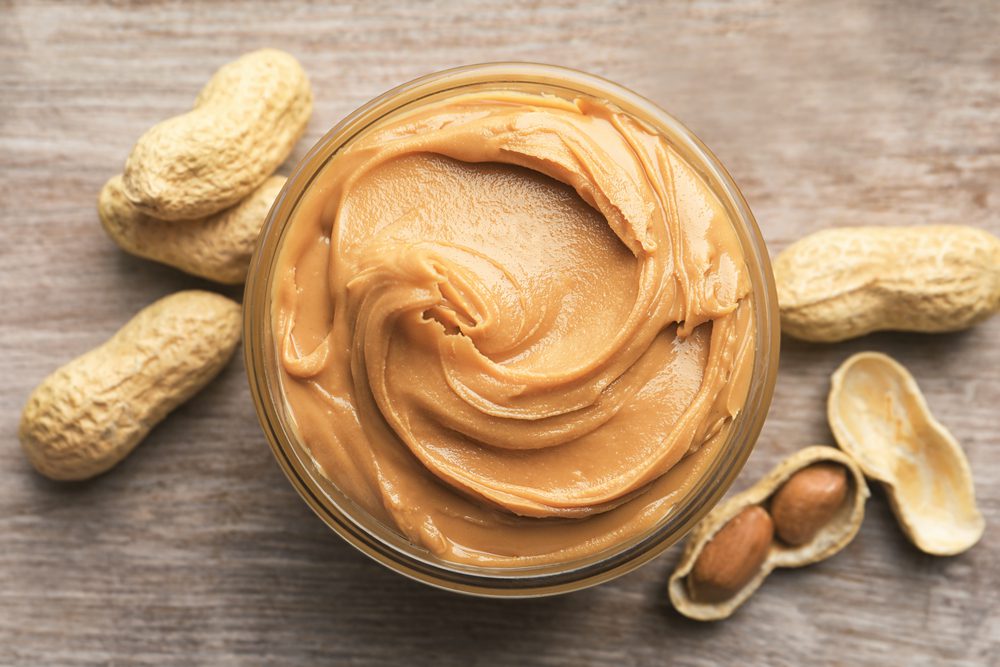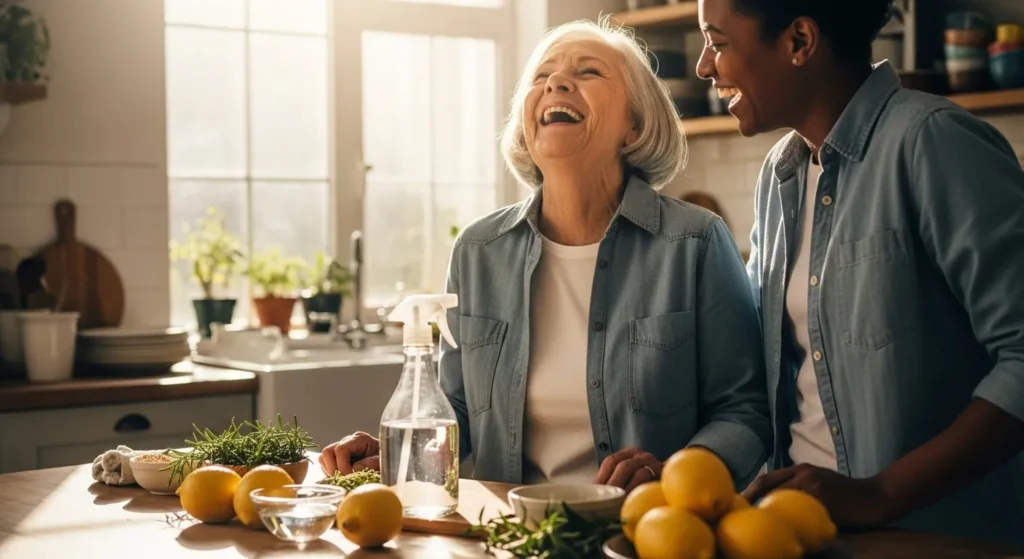
7. You’ll combat toxins
Almost all types of nuts are rich in polyunsaturated and mono fats, which promote the absorption of essential vitamins and minerals.
Vitamin E, for example, can protect your body against toxins like air pollution while regulating menstruation and even reducing unpleasant symptoms caused by premenstrual syndrome. Other studies have confirmed that this wonder vitamin can combat many vision disorders, such as cataracts, and might reduce your long-term risk of Alzheimer’s disease and diabetes.
8. You can eliminate fat genes
You know how some people can eat junk food all day while staying skinny and others gain 30 pounds from one chocolate bar? One of the reasons behind this difference is in our genes.
That’s right: our genes can determine in a small measure how likely we are to become chubbier – or thinner – over the course of our lives.
Now, here’s a little secret: peanuts contain genistein. This compound directly impacts the genes responsible for obesity by turning them down, therefore reducing your fat-storing ability. This miraculous compound can also be found in beans and lentils, so make sure to eat them away, too!
9. You’ll reduce your risk of heart disease
Sadly, heart disease is the number one cause of death in our country and the future won’t look any brighter unless we start adopting healthier eating habits.
Luckily, though, peanuts contain plenty of monosaturated fats, which can do wonders for your heart. This 2015 study published in the journal JAMA International Medicine found that eating just 30 grams of peanuts (or peanut butter) weekly can decrease your risk of cardiovascular disease in a tasty, simple way!













